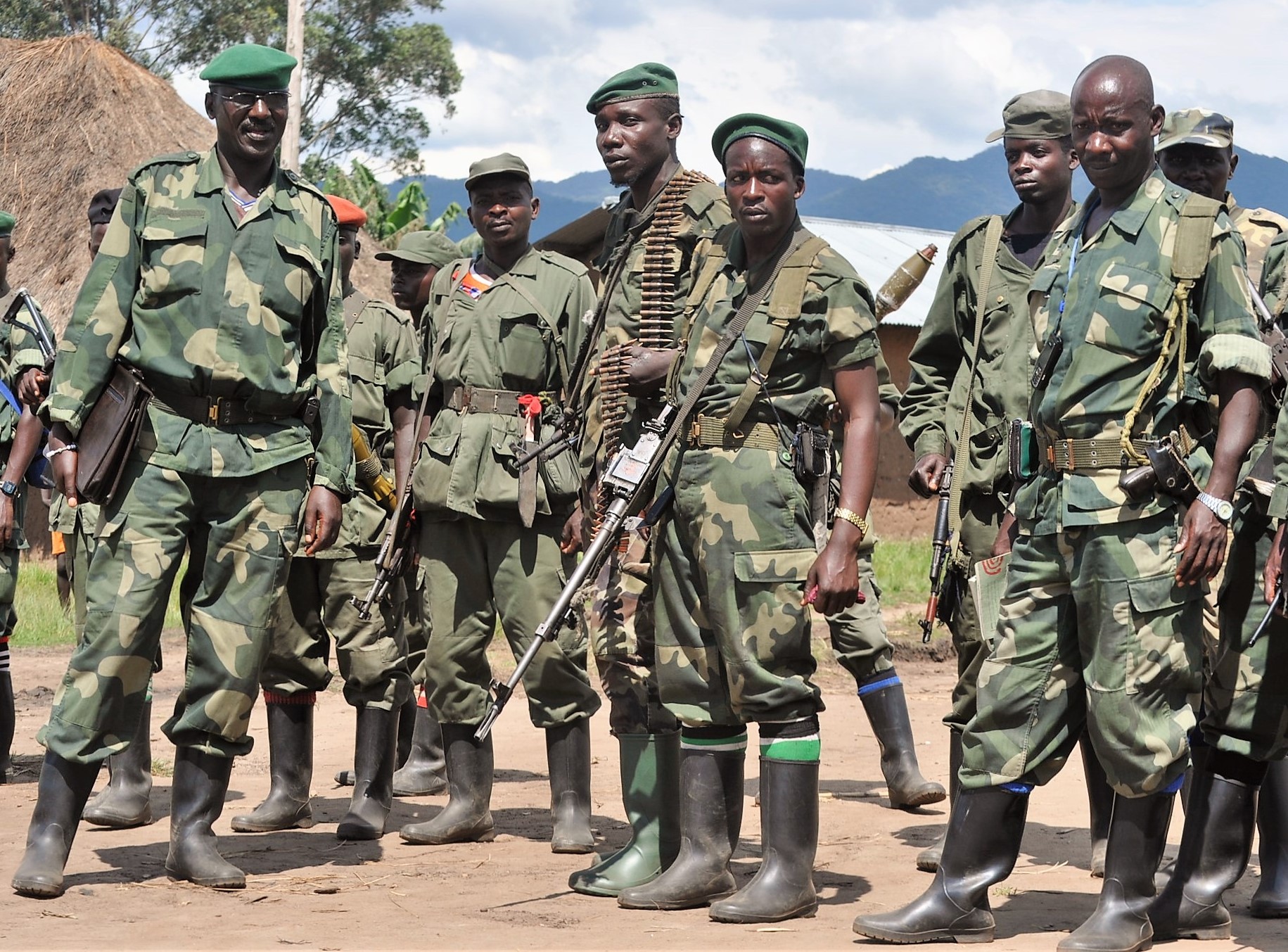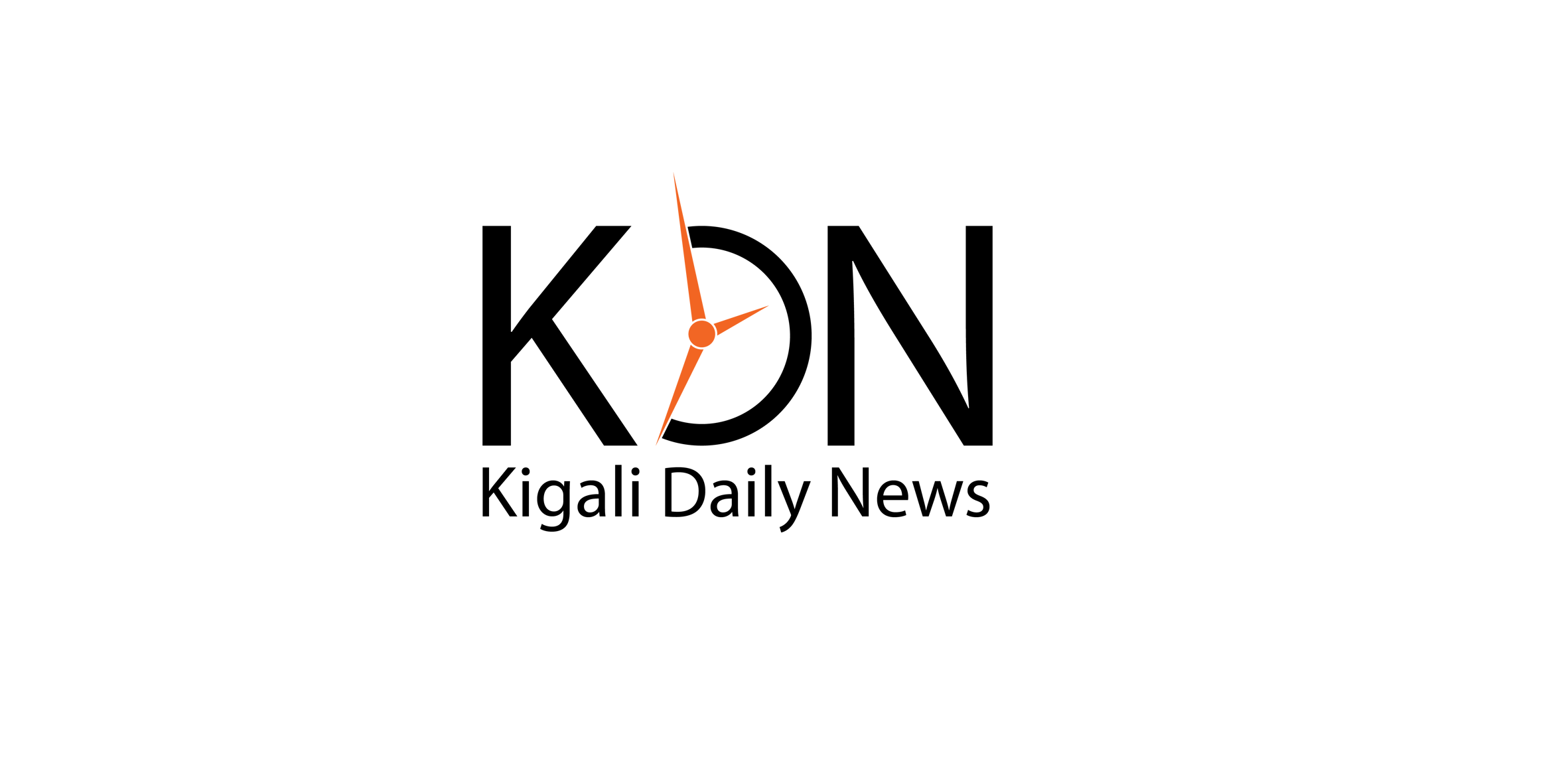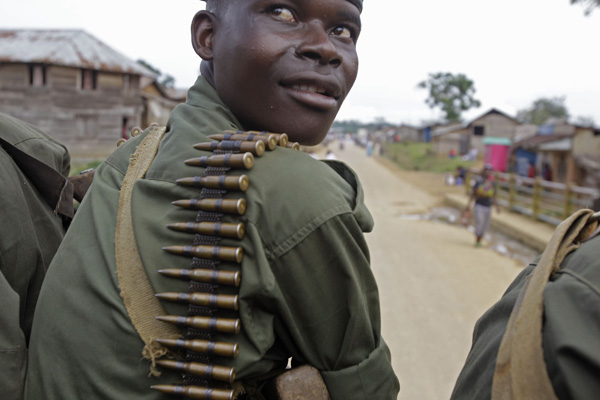The FDLR is a genocidal militia group formed by remnants of the masterminds of the 1994 Genocide against Tutsi who fled to neighbouring DR Congo. They have, for long, been collaborating with the Congolese army, FARDC, a fact which the UN Group of Experts report also pointed at.
The report released by Pole Institute – a non-governmental organization operating in DR Congo –in 2022, shows that the economic empire of the FDLR is based on three pillars, including the deforestation of the Virunga National Park, poaching, and collection of royalties for agriculture as well as transport exploitation.
Charcoal
The report highlights that FDLR has strongholds in Rutshuru territory and Nyiragongo in protected areas of Virunga National Park. It has bases in Bwito, Binza, Bukoma and Busanza localities.
The FDLR takes advantage of thick forests in these areas and makes charcoal which is traded in Goma, the capital of North Kivu province.
As noted, the charcoal produced in Virunga National Park makes the largest portion of FDLR’s source of revenues after losing mines controlled in Walikale and Masisi.
Emmanuel Demerode, Director of the Congolese Institute for the Conservation of Nature (ICCN) which manages Virunga National Park in DR Congo, quoted in the report, confirmed that FDLR benefits from illegal activities in the park including the production of charcoal.
He highlighted that FDLR reaps a handsome amount of money from sales of charcoal in Goma, a town with more than one million people, of whom 97 percent have no access to electricity.
Global Nature Fund estimates that Goma uses at least 150,000 tonnes of charcoal per year. Other reports of non-profit organisations estimate the quantity to be between 60,000 and 90,000 tonnes per year.
Of the charcoal, 95 percent is reported to be produced from Virunga National Park in the areas controlled by FDLR including Nyamulagira, Kahunga and Nyamitwitwi.
Demerode disclosed that FDLR shares a portion of its profit with other armed groups including Mai Mai and FARDC soldiers.
The Pole Institute report indicates that the trade of charcoal can generate up to $45 million annually.
The FDLR and its business partners receive at least $20 million.
To be precise, FDLR pockets $11.6 million and $8.2 million goes to business representatives, according to the report.
The genocidal group’s combatants do not transport the charcoal themselves. They created a large network involving many people who benefit from the business.
The network is composed of FDLR combatants, Congolese military and police personnel, civilian transporters and retailers, among others.




